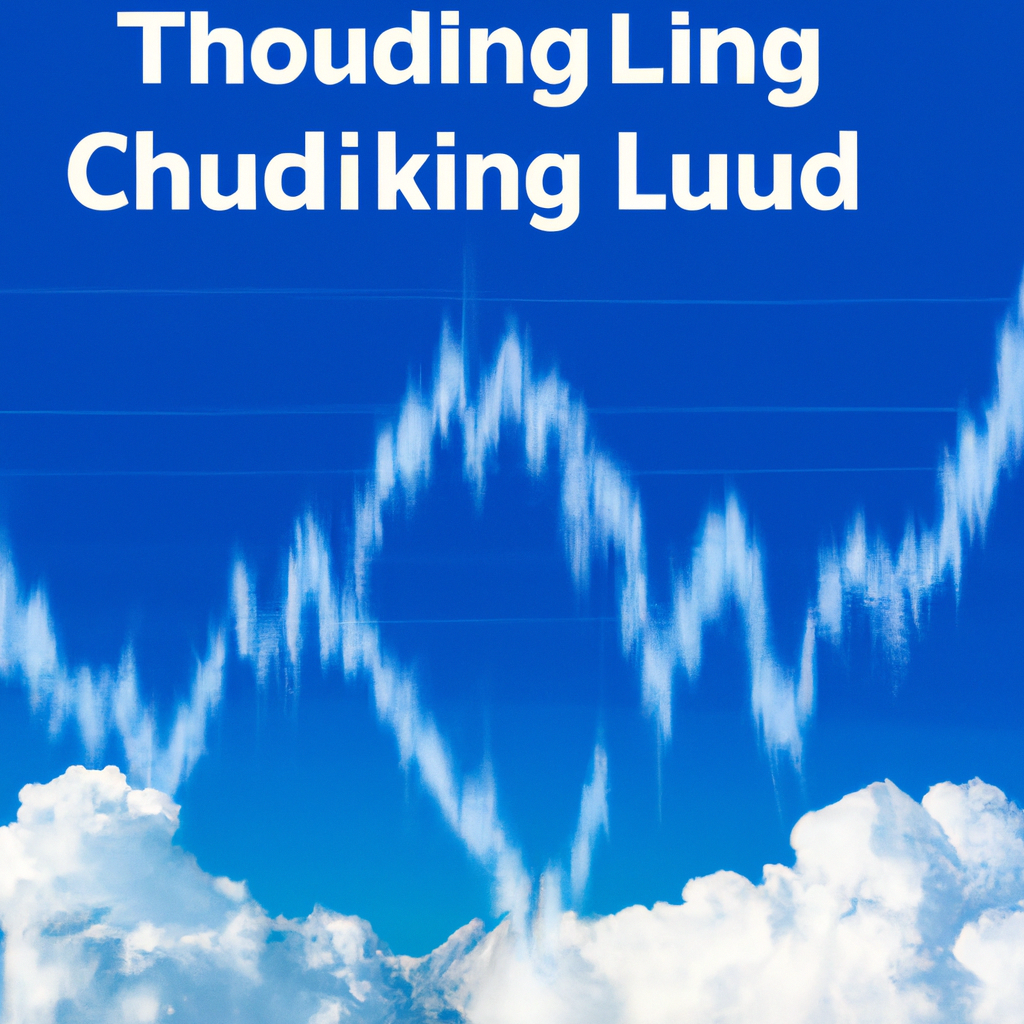Using MACD for Trade Signals
Introduction
The Moving Average Convergence Divergence (MACD) is a popular technical analysis indicator used by traders to identify potential buy or sell signals in the financial markets. It consists of two lines, the MACD line and the signal line, and a histogram that represents the difference between these two lines. In this article, we will explore how to effectively use the MACD indicator to generate trade signals.
Understanding the MACD Indicator
The MACD indicator is based on the concept of moving averages and measures the relationship between two exponential moving averages (EMA). The MACD line is calculated by subtracting the 26-day EMA from the 12-day EMA. The signal line, often a 9-day EMA, is then plotted on top of the MACD line. The histogram represents the difference between the MACD line and the signal line.
Identifying Buy Signals
To identify potential buy signals using the MACD indicator, traders typically look for two main scenarios:
1. Bullish Crossover: When the MACD line crosses above the signal line, it generates a bullish signal. This suggests that the short-term moving average has started to rise faster than the longer-term moving average, indicating a potential upward trend. Traders often consider this a buy signal and may enter a long position.
2. Positive Divergence: Another buy signal occurs when the price of the asset makes a lower low, but the MACD histogram forms a higher low. This indicates weakening selling pressure and a potential trend reversal. Traders may interpret this as a buying opportunity.
Identifying Sell Signals
Similarly, traders can use the MACD indicator to identify potential sell signals. Here are two common scenarios:
1. Bearish Crossover: When the MACD line crosses below the signal line, it generates a bearish signal. This suggests that the short-term moving average has started to decline faster than the longer-term moving average, indicating a potential downward trend. Traders often consider this a sell signal and may enter a short position.
2. Negative Divergence: A sell signal occurs when the price of the asset makes a higher high, but the MACD histogram forms a lower high. This indicates weakening buying pressure and a potential trend reversal. Traders may interpret this as a selling opportunity.
Using MACD with Other Indicators
While the MACD indicator can be powerful on its own, many traders prefer to use it in conjunction with other technical analysis tools to confirm signals. Some commonly used indicators include:
1. Moving Averages: Traders often look for the MACD signal line crossover to occur above or below specific moving averages, such as the 200-day moving average, to confirm the strength of a trend.
2. Relative Strength Index (RSI): The RSI can help identify overbought or oversold conditions in conjunction with MACD signals. When the MACD generates a buy signal and the RSI is below 30, it may indicate a stronger buying opportunity.
3. Support and Resistance Levels: Traders often consider MACD signals in the context of key support and resistance levels on price charts. If a MACD signal coincides with a significant support or resistance level, it may carry more weight.
Conclusion
The MACD indicator is a versatile tool that can help traders identify potential buy and sell signals in the financial markets. By understanding the different scenarios for bullish and bearish crossovers, as well as positive and negative divergences, traders can make more informed trading decisions. Additionally, using the MACD in conjunction with other technical analysis indicators can enhance the accuracy of trade signals. However, it is important to remember that no indicator is foolproof, and traders should always consider other factors, such as fundamental analysis and risk management, before making any trading decisions.



